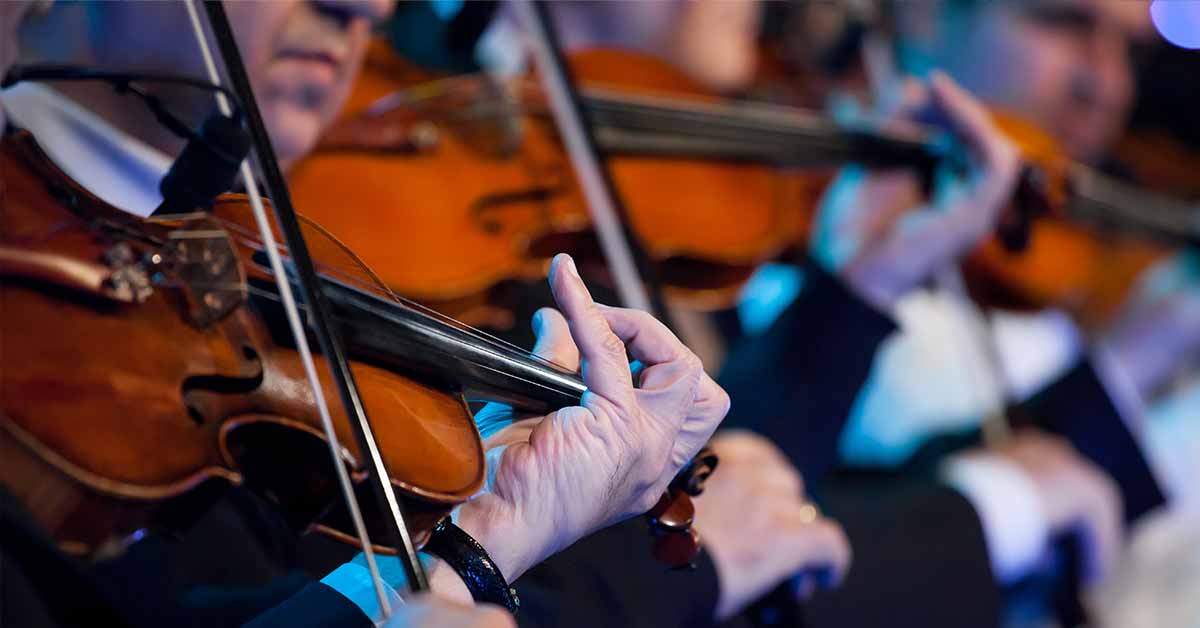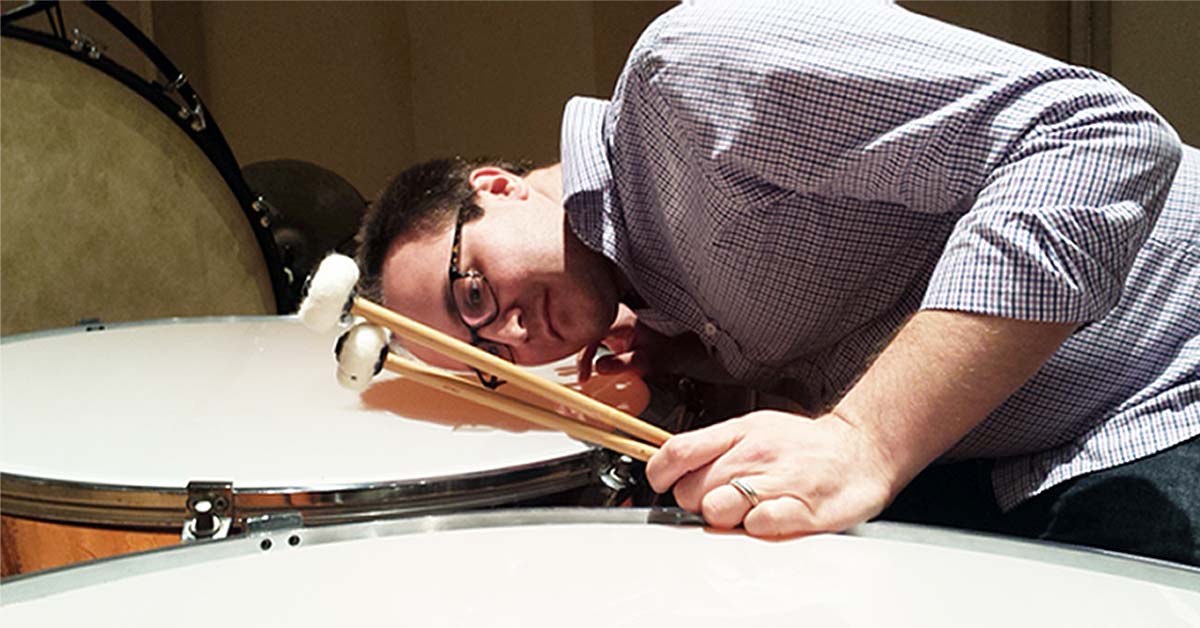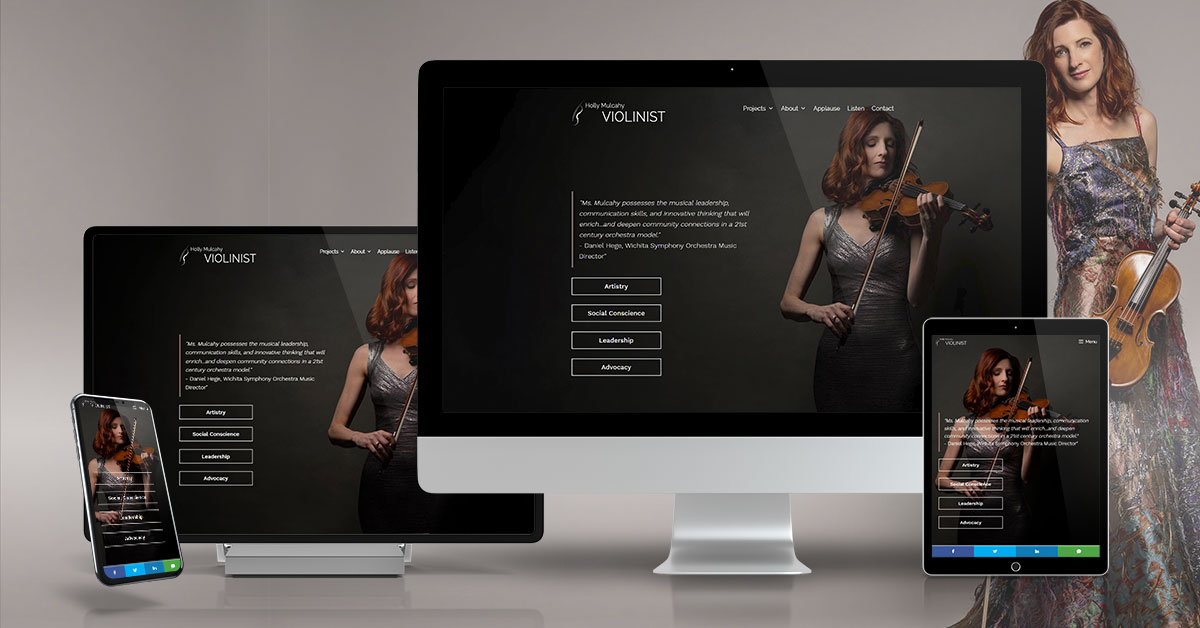If anyone would have told me that 15 years into a career as a professional orchestra musician might make me feel like a zoo animal I would have laughed in their face. Nevertheless, 15 years into my career and that’s exactly how I feel, or at least that’s how it seems for some of the time.
A number of factors contribute to this. First, as a single member of up to 100 performers, you come across as a nameless, faceless member of a collective. Add to that being a member of the most predominant instrument in any orchestra, a violinist, you have even less of an identity. Then there’s all the black and white we have to wear; after some time, you can feel like an anonymous zebra walking out into your pen eating the same grass day after day. At the same, time, most musicians are somewhat prepared for this reality since being a part of a large ensemble is something they’ve actively prepared for most of their life.
But then there are the unexpected realities which rob you of your identity and artistic individuality; for example, the various ways some orchestras conduct fundraising efforts to directly support musicians. I don’t believe for a moment that there is any great conspiracy among professional fundraisers (a thankless job if there ever was one) to dehumanize the musicians they are raising money for but one of the most common vehicles for fundraising can do exactly that if not conducted in just the right way. In particular, I’m thinking about fundraising efforts which focus on endowing a chair in the ensemble or sponsoring a specific player.
One of my first orchestra jobs was with the Delaware Symphony. Although this ensemble wasn’t a full time orchestra offering a living wage, benefits, etc., it still had to rely on donations from patrons and board members to exist from one year to the next. The Delaware Symphony had a fundraising program where individual donors could “adopt” orchestra musicians. In return for the $200 donation, the donor would be mentioned in the program book and attend a reception where they could meet their “adopted” musician.
Attending these receptions was something to be desired as a musician, or at least, that’s the way it seemed at the time. For instance, not all musicians were “adopted” which meant that only a selection of random musicians were invited to the event (we were never told how our managers decided to select which musicians would be adopted over others).
A week before my first concert with the ensemble, I received a letter from the management notifying me that I had been “adopted”. As instructed I sent a personal note to the donors thanking them for helping the orchestra with their donation. I also mentioned that I looked forward to meeting them in-person at the reception so I could thank them personally.
At the concert reception, I was disappointed. My couple didn’t come. I felt rejected; well that might be overly dramatic, but I was disappointed nevertheless. Ultimately, I just ended up chatting with my fellow musician friends who had already met their “adoptive parents.” At the same time, I did overhear some of the conversations between other guests. Some well intentioned managers and staffers from the orchestra attempted to introduce a few musicians to donors, but it came across embarrassingly. Instead of introducing musicians as the artists their donations are benefiting it came across more like those commercials you see on television asking for money to support children in underdeveloped countries.
After hearing a few of these introductions, I halfway expected the managers to give each donor a little Polaroid picture of each player paper clipped to a form letter starting out with “Here’s your charity case…”
It felt disturbing that the introductions didn’t make it clear that the musicians were people who believed strongly in the well-being of the orchestra and obviously interested in the future of classical music. By coming to this event, musicians were also donating their time by participating in events designed to increase interaction between those who make the music and those who listen and appreciate it. Instead, it seemed as though we were inadvertently being depicted as some sort of expendable character out of a Charles Dickens novel.
When mentioning this to one of my musician friends who had played in the ensemble for several years,
“Don’t sweat it,” she said. “You’re just a zoo animal to them anyway. Before making a donation, all the donors ever see is: Concertmaster 1,000 bucks, Principle Musician 500 bucks, and Section Player 200 bucks. The management might as well create an advertisement that says for only 54 cents a day, you can feed and house a section player for a year, what a bargain!“
Maybe my friend was being overdramatic as well, but it did get my naïve mind thinking. Maybe the individual musicians were just used as expendable tools to serve as a vehicle for bringing cash into the organization. Although this is a very necessary and difficult job, I’m not exactly excited about participating in programs that inadvertently demean the individuals it is designed to benefit. This seemed counter intuitive at best and unproductive at worst not to mention it marginalized one of the rare structured opportunities where we as musicians actually get to meet the people who take part in the music we create.
At the same time, at its heart, I think the idea of endowing a specific chair or section player in an orchestra is a good idea and Delaware Symphony just needed to change a few things about how it executes that fundraising campaign.
For example, they need some professional guidance on how to properly conduct introductions between donors and musicians during face-to-face receptions. Managers need to learn more about the musicians and most could use pointers from a social coach (and if there’s enough money, the musicians could use some time with a social coach as well). Putting a face to the orchestra can be a powerful tool toward giving patrons a stake in the organization’s success. Pride in “my local symphony” goes pretty far due to a stronger connection and sense of partnership in the musical experience, all of which can be quite rewarding for the patron.
Since my Delaware experiences I have attended numerous similar events over the years with the various orchestras I have played with. Even though each group has its own spin, they all use the same basic formula goes something like this: “Please join us for an after concert reception for food, drink, and a chance to meet the musicians.”
Even though this seems like a fairly simple idea, I have yet to participate in such an event that successfully meets these goals. Instead of having have all sorts and types getting to know one another the typical reception is usually fruitless and ends up like this:
- A bunch of musicians hang together chatting about the concert and other such small talk
- Most of the donors are chatting about the concert as well, but with managers, board members, and maybe one or two of the actual musicians.
- Executive managers use the opportunity to single out potential large donors from the pack and start a conversation that usually ends with some sort of fundraising pitch.
- Staff members make a handful of attempts to put donors and musicians together but they usually single out players such as the concertmaster.
The whole ordeal resembles an 8th grade dance where all the girls are on one side and the boys on the other, each divided into their own cliques. This sort of ubiquitous concert reception is such a wasted opportunity due mostly in part to a distinct lack of etiquette in introductions and conversations.
Besides making staff read “Miss Manners” or Emily Post’s “Etiquette” why not direct professional training funds to hire a specialist do work with managers and musicians alike? In fact, it wouldn’t be a bad idea for orchestras to hire a social consultant who is well established in the community to get to know musicians and make them a sort of “social director” for meet-and-greet events; something like a professional who is responsible for making introductions and keeping conversations going.
What is necessary in these receptions is a person who is well versed in the life of a musician, the mission of the orchestra, and how important donors are to nonprofit organizations. If you can combine this with the ability to bring vastly differing peoples to a common ground, I think orchestras would end up getting much more out of these functions.
In the end, I suppose classical musicians are somewhat like zoo animals. We perform for a crowd, we are a part of a non-profit organization, and our shrinking audiences sure make it feel like we are losing our “environment”, therefore jeopardizing our future. But unlike zoo animals, musicians can form a unique bond with patrons that can last a lifetime therefore strengthening our current patron base and standing in the community. The trick is setting up the right atmosphere to get those relationships started and, to me, that seems like a worthwhile investment.










